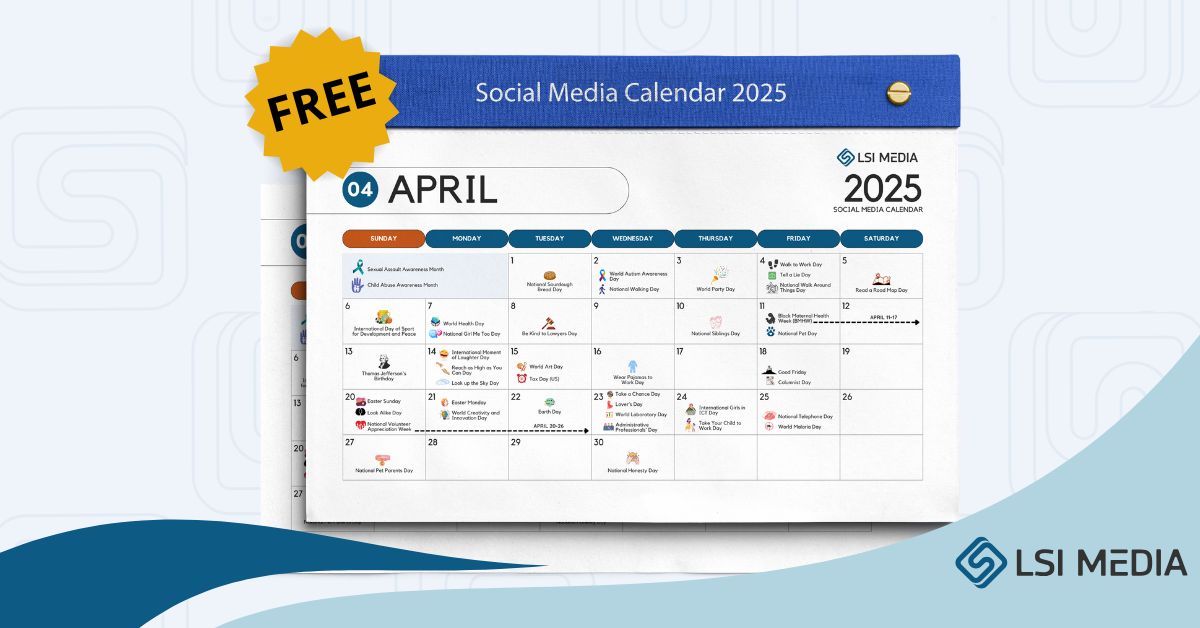[ez-toc]
Social Media Marketing Is More Visual But Still Seems Invisible to Marketers
Social media marketing isn’t just engaging customers, monitoring likes and shares, and posting content. It’s also about constant learning, and one way to learn is to monitor the latest social media news and how others are handling (or mishandling, so learn from their mistakes, not yours) social media marketing.
Just going through a single social media platform will show you just how visual social media is getting. Evidence of this is the thousands of pictures that fast food companies put up on virtually every social media site.
These images range from dressings to chicken wings, French fries, and the like. On average, fast food companies generate more than 150 million tweets and retweets every month, and around 44 million followers from other social media platforms like Instagram, Pinterest, and Facebook.
And Herein Lies the Problem Social Media
As brands become more image-visual-heavy, social media activity is becoming more invisible to social media marketers. 60 percent of digital impressions are now driven by images. Even sites that don’t need a lot of images like speed dating are now overusing visually as well. Brand marketers don’t realize that images can be a big problem because 85 percent of posts or content with no images don’t usually get shared.
Only Twitter is an exception, but Twitter was never visual-heavy, to begin with. In short, people who visit business social media sites will only share content if there are images that go with it. Some free online social media analytic tools can gather information and analyze content shared over social media, but these tools cannot analyze if the content contains images or not. Furthermore, no analytical tools exist to analyze the type of images used for the content, or if only images are solely shared, minus the content.
Corporate Culture May Be Preventing the Study of Social Media News
This type of social media news can be quite disturbing for many. Some companies that need to go on cost-cutting binges are now delegating social media marketing to their regular staff as part of multitasking. What is now happening is that while social media networks are deployed, no one is using them, and no one cares to monitor them either.
So the question here is, why is social media marketing being ignored by some offices even if everything has been set up? It has much to do with the company or office culture that exists. For instance, when leadership is concerned, some companies only provide vocal support for social media marketing while not sustaining resources, commitment, and participation.
In terms of office culture, most employees with social media included in their multitasking found it difficult to have the freedom to express, experiment, or take initiative.
FAQs:
1. What are the challenges of studying social media news?
Studying social media news poses several challenges. Firstly, the fast-paced nature of social media platforms means that news can become outdated quickly. Secondly, the sheer volume of information can be overwhelming, making it difficult to filter out the most relevant and credible sources. Lastly, social media platforms are often filled with misinformation and fake news, making it crucial to exercise critical thinking and fact-checking.
2. How can I stay updated with the latest social media news?
To stay updated with the latest social media news, it is important to follow reputable sources and industry leaders in the field. Subscribe to their newsletters, blogs, or social media accounts to receive timely updates. Additionally, joining relevant online communities or forums can also provide valuable insights and discussions on the latest happenings in social media.
3. How do I determine if a social media news source is reliable?
When evaluating the reliability of a social media news source, consider factors such as its reputation, credibility, and track record. Check if the source has a history of providing accurate information and if it has been recognized or awarded for its journalistic standards. Look for sources that cite their references and verify information through multiple sources.
4. What should I do if I encounter fake news on social media?
If you encounter fake news on social media, it is important not to share or amplify it further. Instead, report the post or content to the respective social media platform to alert them of the misinformation. Additionally, inform others by providing factual information and credible sources debunking the fake news.
5. How can I filter out relevant social media news from the overwhelming volume of information?
To filter out relevant social media news, consider using specialized tools and applications that can aggregate and prioritize content based on your interests and preferences. Create customized lists or subscribe to curated newsletters that focus on specific topics within social media to receive targeted and tailored news updates.





















